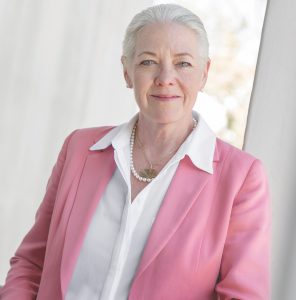Learning From the Past: Preserving California’s Mission History
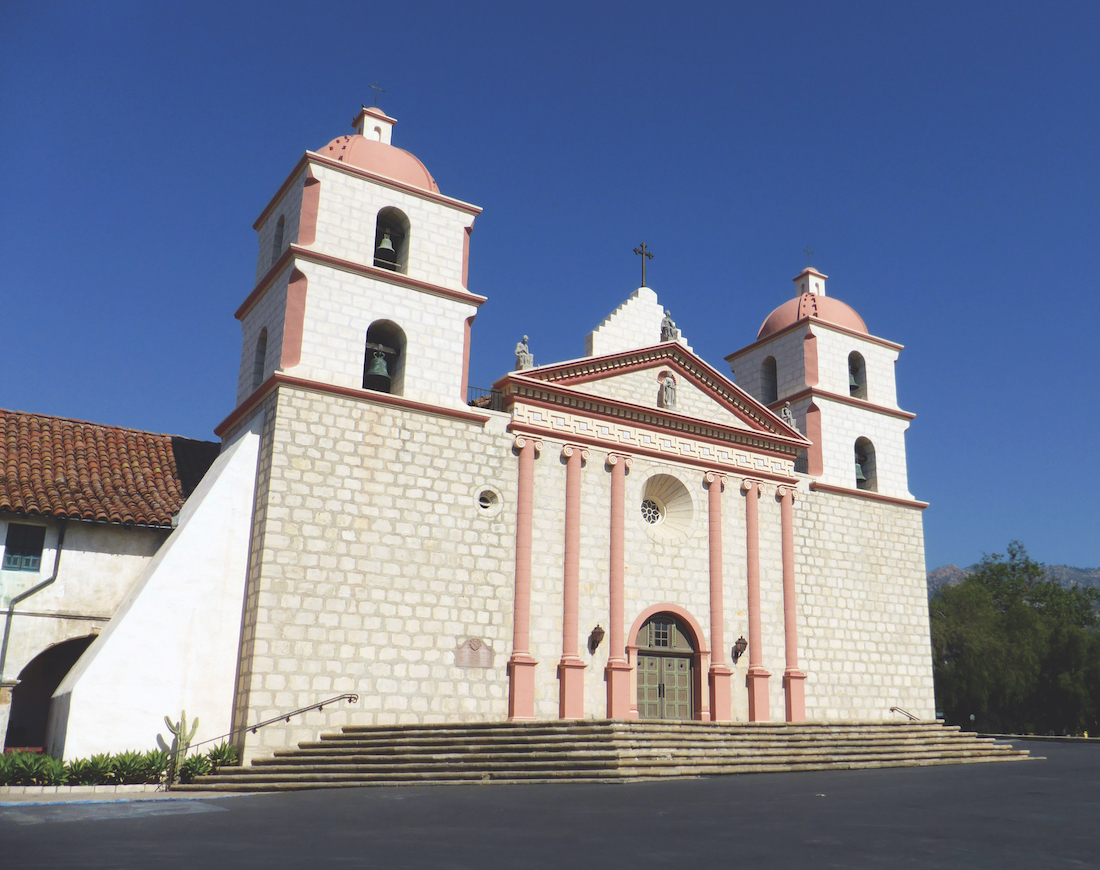
Under the leadership of David Bolton for the last 12 years, the California Missions Foundation has raised millions of dollars to preserve the state’s collection of historic Spanish missions and made their priceless collection of colonial and native art and artifacts an education destination for hundreds of thousands of visitors each year including tens of thousands of elementary school students.
Beginning in the mid-1700s, the Spanish built 21 missions from San Diego to Sonoma that today provide a unique trail of history across California or what was then called Alta California. Bolton, who grew up in Santa Barbara – which is home to Mission Santa Bárbara, known as “The Queen of the Missions” – developed a deep admiration for the state missions and their unifying influence on the community. However, it was a pivotal moment three decades ago that set him on an unexpected course.
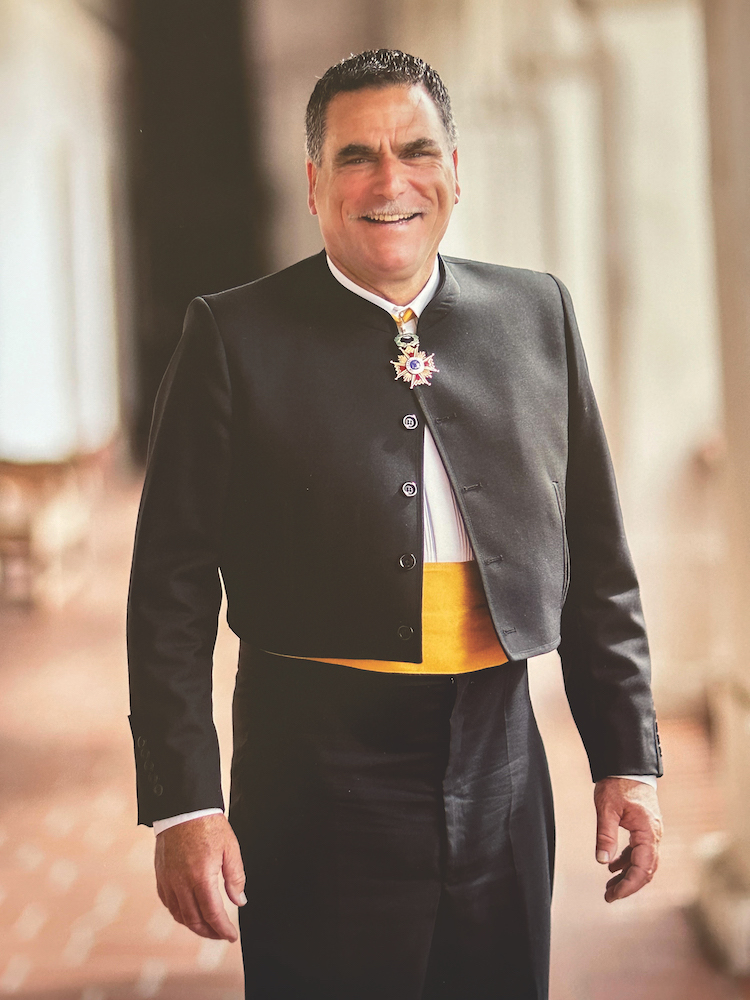
Bolton, a soccer enthusiast and longtime sports broadcaster, found himself out of a job in the 1990s. Over dinner with his mother and stepfather, the question of what Bolton would do next arose. Bolton’s response was, “I don’t know.” His stepfather, a former Navy admiral and lover of history, suggested Bolton film a documentary on the California missions. To his surprise, no comprehensive documentary on these historic landmarks existed.
Bolton’s vision expanded beyond the borders of California. He set out to document not only the California missions but also those scattered throughout the Americas. His travels took him to Jesuit missions in South America, from Bolivia to northwest Argentina, and across the expanse of Southwest Brazil. He explored missions in regions as diverse as Texas, New Mexico, Arizona, and various parts of Mexico, including Sinaloa, Sonora, and Baja California.
In 2013, Bolton was hired for the role of executive director of the California Missions Foundation. What started as a hobby evolved into a full-time job and a profound dedication to the preservation of the missions. While he still occasionally engages in sports-related endeavors, including coverage of eight out of nine Super Bowls for Fox Sports Latin America, his primary focus remains dedicated to the California missions, their interconnected historic sites, and the rich cultural narratives they hold.
“My main passion on a daily basis continues to be not only the California missions, but the related historic sites, and all the culture and the stories that came out of that history,” he says.
Over the past decade under Bolton’s leadership, the foundation has successfully expanded its student field trip program statewide, ensuring that future generations connect with their heritage. Additionally, the foundation has fostered a vital partnership with the California Mission Studies Association, uniting their efforts to research and document the multifaceted stories of the California missions. All the while, they remain committed to preserving the mission buildings and their invaluable collections of colonial and native art and artifacts.
In the following Q&A, David Bolton delves deeper into his journey, the significance of the California missions, and the foundation’s mission to preserve and interpret these iconic landmarks.
Q. Having visited so many missions in the U.S. and the Americas, in what ways are the California missions unique?
A. They are unique in that they were the last of the mission chains established by the Spanish in the Americas. The missions in the Americas began in the mid-1500s, and the California mission didn’t arrive until the mid-late 1700s and into the early 1800s. When you do anything, you learn, you improve, and you fine-tune. Our missions here were built based on 250 years of knowledge. Some similarities: they’re all done the same. The architectural plans were done in Spain. Local materials were used. Even though some might say they are based on a cookie-cutter template, if you make cookies for 250 years, you’re going to become really good at making cookies. Because we were the last, I think the missions here, both from an operational perspective and from an architectural perspective, are some of the finest.
How does the foundation work to ensure that Indigenous perspectives and voices are included and respected in the preservation and interpretation of these historical sites?
Today, we work very closely with the Native communities. We understand and want to know more about their story, their people, and their culture. We know that the Native communities were responsible for these missions in so many ways. The Native communities need to be recognized for their contributions to the mission system. We need to hear their stories from both the past and the present.
Our California missions are important today because they act as a cultural platform, providing the perspectives and voices of many communities. Without the missions, we would lose this platform to share with the public the important diverse histories of California – from all cultural perspectives.
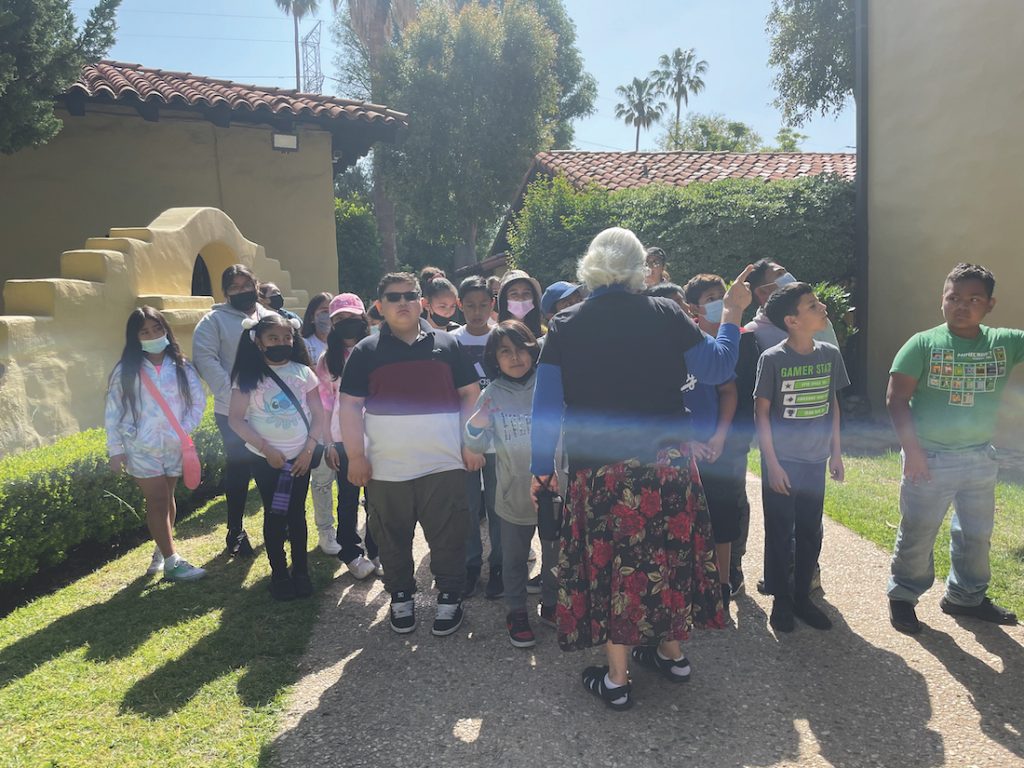
How do the missions act as a platform to share the important stories and experiences of those who came before us?
Every mission is honored to have descendants of the original Native communities as active parishioners. All the missions are doing outreach and inclusion. California Missions Foundation also thinks very highly of inclusion. Our educational program sends fourth graders to visit their local missions, where they can see the role of the Native community. We facilitate and amplify their voices. It’s always better to have people tell their own stories. The mission platform is a collaboration of various perspectives and experiences. It is by learning from the past that we can learn from our mistakes and make our future the best possible.
You said you admire the role missions play in bringing our community together. What is that role and how does it bring communities together?
The missions were created by the Spanish and they were then taken over by Mexico. After Mexico won its independence, Mexico didn’t want the mission system, but the church stayed active for a while. Then the U.S. came in, and Abraham Lincoln gave the churches back to the Catholic Church. Most of the missions have been pretty close to continuously operating as centers of their communities. They’ve changed over the decades. Yet they continue to be fixtures in the communities. Yes, they’re active parishes, but many of them have community events and act as the community hub.
What educational and outreach programs does the California Missions Foundation offer to raise awareness about the missions’ historical and cultural significance?
We offer “All-Aboard-the-Bus” Mission Field Trip grants to fourth-grade classes around the state. Our field trips are critical to providing access to the missions for students because so many extracurricular programs have been eliminated in schools. Because of our grants, tens of thousands of students over the years have been able to visit the California missions.
We also started a virtual tour during COVID. More than 30,000 students have watched our virtual field trip. It’s now just as popular as our on-site field trips. We see the students really benefiting by having the opportunity to visit these historic sites – to hear all the stories, the Native perspective, to learn about the way of life then, and to hear also how they continue as active places of worship as well as active centers at the heart of so many communities.
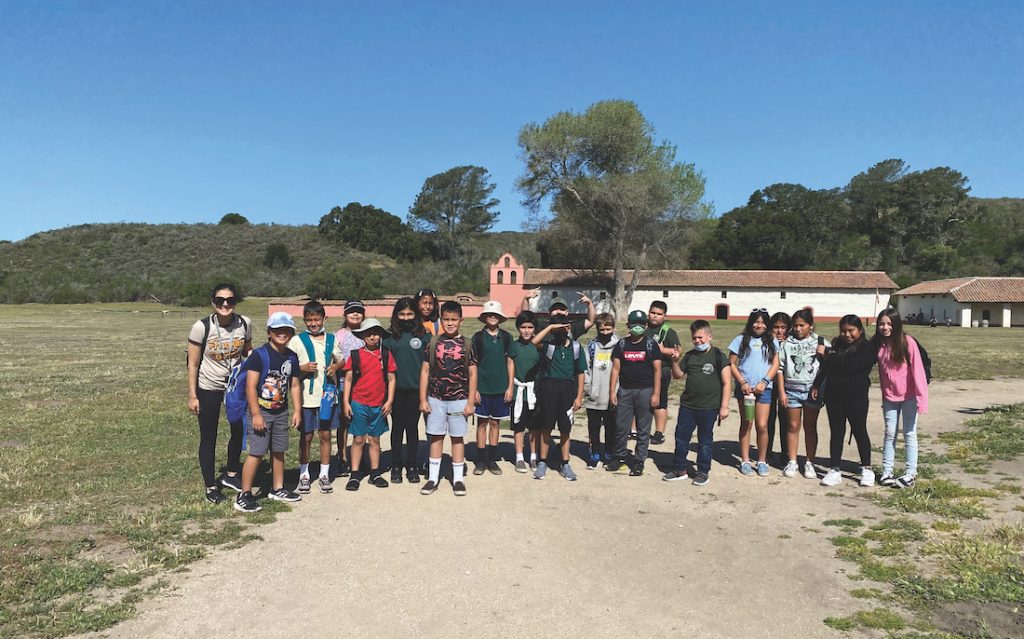
California’s mission history is really our shared history, all of us here in California. The education program encourages future generations to have an appreciation for historic preservation. Hopefully, as they become adults, they’ll be stronger members of our communities and they will work towards keeping alive this historic legacy that’s in our state.
I am very happy that we’ve expanded the educational program. It started in Monterey and we have added Los Angeles, San Diego, Orange County, and the Bay Area. We’re looking for our next big wave of expansion beyond the mission cities. We want to have this program take root in the Central Valley of the state so that the students who don’t have a mission nearby can also experience our missions along the coast.
You’ve recently secured matching funds in the amount of $1.2 million for retrofitting projects in Solvang and at the Mission San Juan Bautista. How is that going?
California Missions Foundation works to preserve all of the missions in the chain, all 21 along with related historic sites. It’s very important that all of our historic buildings are retrofitted. We’ve seen firsthand here in California, the damage that can be caused to a building that hasn’t been retrofitted. One of the priorities of the California Missions Foundation has been to make sure that all of our California missions are retrofitted, and now only three remain.
We continue to foster our relationship with the National Park Service and the Interior Department and have obtained federal matching funds so that the remaining missions can be retrofitted. Recently, we received federal grants for a total of $1.25 million to retrofit both Mission Santa Inés as well as Mission San Juan Bautista.
Hopefully, the funding will motivate those in local communities to also step up. In any preservation project, being able to combine federal or government funding with local individuals and local family foundations is really the key to success. It is important that all of our historic buildings remain standing so that we can continue to understand what was involved in creating them, and the lifestyle and structure of society around them. They are so important in helping us learn. And as we learn from our past, it will make a better future.
How can people interested get more involved in missions?
The most significant impact an individual can make is to visit the missions, learn about the history of California, and encourage others to participate in these experiences. Another effective way for individuals to gain insight into the history of the California missions is by inviting us to speak to their groups. This not only enhances learning but also fosters a deeper understanding of the missions’ rich history. It’s important to convey that these structures are more than just buildings; they are repositories of history, brimming with stories, and worthy of preservation for the benefit of future generations.
